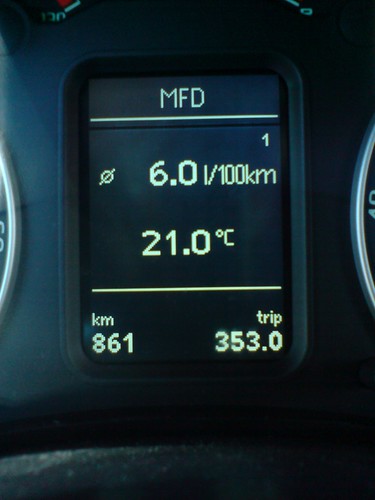Eco-Motorists Slow Down, Coast, for Big Mileage Gains, but Their Strategies Might Drive Others on the Road Crazy
(Source: Wall Street Journal)
Efficient Drivers Cut Emissions, but Stir Up Hot Air
Cruising around this desert metropolis in her four-door pickup truck, Morgan Dresser doesn’t look like an environmental trendsetter.
Recently, though, the 26-year-old did something revolutionary. She began “eco-driving” — a technique that combines a racecar driver’s skill with the proverbial grandmother’s pace. By learning to drive all over again, Ms. Dresser estimates she has boosted her truck’s fuel economy to 21 miles per gallon from 15, a jump of 40% that surpasses the mileage advertised by its manufacturer, Toyota Motor Corp. With that shift in behavior, she has done more to curb oil consumption than most people zooming around in the latest hybrid cars.
“Who would have thought a truck could get good gas mileage?” she says. “It’s possible with any vehicle, big or small.”
The challenge will be to get Americans, who love the open throttle as much as the open road, to ease up instead of variously slamming on the gas and the brakes. In the meantime, as early eco-drivers lower their own emissions, they are certain to raise some hot air from the impatient drivers around them.
“I’ve been honked at. I’ve been flipped off. I’ve been yelled at: ‘Grandma!'” says Ms. Dresser, a former back-country firefighter. “I just laugh.”Trials in Europe, Japan and the U.S. are finding that drivers commonly improve their fuel economy upwards of 20% after deploying a handful of eco-driving techniques. Among them: Driving more slowly on highways, shifting gears earlier in cities and shutting off the engine rather than idling at long stops.
Click here to read the entire article.












